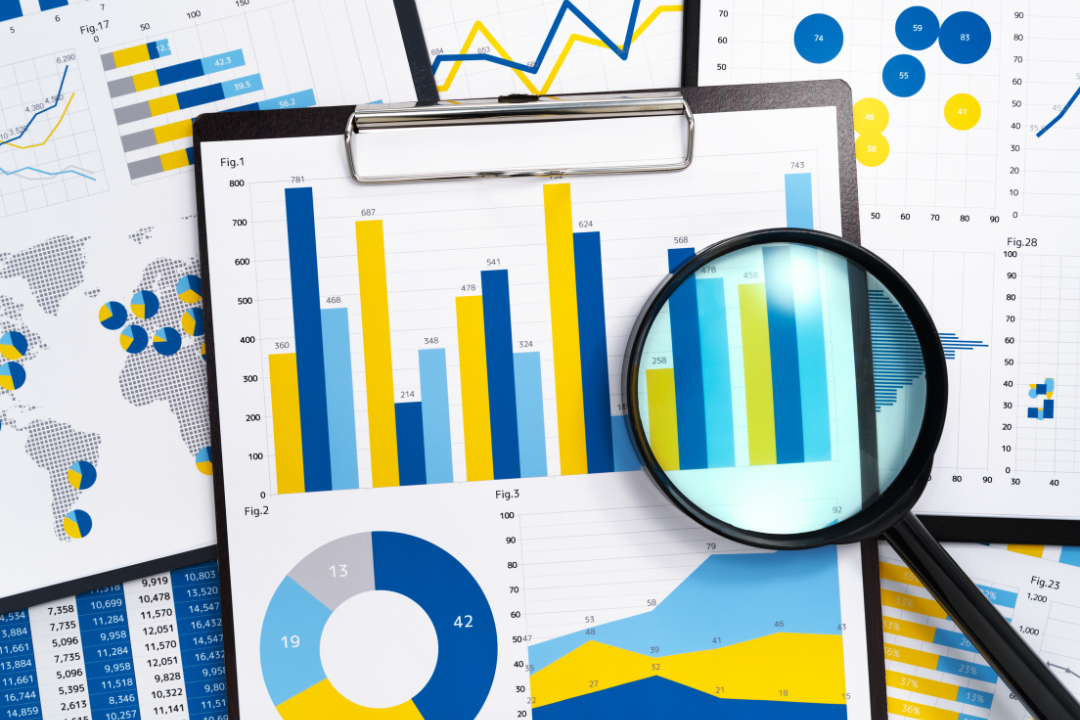7 Tips for Maximizing Smartsheet Reports

If your business uses Smartsheet for organizing data and tracking information, then you are probably well aware of the exceptional reporting capabilities it has. But if you’re a new Smartsheet user, there could be some reporting best practices you’re missing that will make your life just a little bit easier.
Here are eight tips for maximizing Smartsheet reports from our team of certified experts at CloudWave.
Tips for Maximizing Smartsheet Reports
1. Leverage both report types.
Smartsheet has two report types. Select the report type that will meet your needs: Row Report or Sheet Summary Report. Row Reports will pull in the data within the sheet itself, whereas Sheet Summary is used to aggregate organizational data and capture metrics.
2. Explore available views.
You don’t have to use the default Grid view for reports. Depending on your dataset, use the Gantt View to see your project timelines, Calendar View for a weekly or monthly overview of tasks, or the Card View (Row Reports only) for a kanban-style view.
3. Utilize collaboration features.
Attachments, conversations, and proofing are available in both the sheet and report. If you add any of these to the row in a sheet, it will populate on the rows in reports. Likewise, you can add these to rows in a report and they will populate the sheet.
4. Rename the primary column.
When you start a report, the primary column from the sheet will just be called “Primary” in the report, despite what it is named in the sheet. Simply right click on the column in the report and select “Rename Column.”
5. Customize your report.
The reports have numerous ways to narrow down and aggregate your data: Filter Criteria, Group, Summarize, and Sort. Using the appropriate combination of these, you can pull only what is needed to the report and arrange the data in a way that is quick and easy to consume.
6. Remember the Current User filter.
When customizing your report, if your data has a contact column, you can set a current user filter. This means that whoever is logged into Smartsheet viewing the report will only see the rows they are associated with.
7. Add reports to your dashboards.
Reports are great stand alone tools, but you can do even more with them on dashboards! You can link them on a dashboard for easy navigation. You can embed them on a dashboard for visibility. And you can leverage the highest level summary data to fuel dashboard chart widgets.
Custom Smartsheet Reports with CloudWave
If your organization could use a helping hand customizing and automating your Smartsheet reports and dashboards or integrating Smartsheet with other software platforms, CloudWave can help.
As a Smartsheet Platinum Partner, CloudWave has a team of experts who understand both technology best practices and prioritize your unique business needs.
Through Smartsheet integration, we deliver cross-platform functionality that helps you bring your system together for an end-to-end solution within Smartsheet. Using automation, we reduce tedious manual processes to save time and improve productivity.
CloudWave also provides Smartsheet support throughout the entire project lifecycle - defining scope, architecture, design, development and deployment. As your data environment constantly changes, we offer continued support beyond the project in an ever-shifting digital landscape.